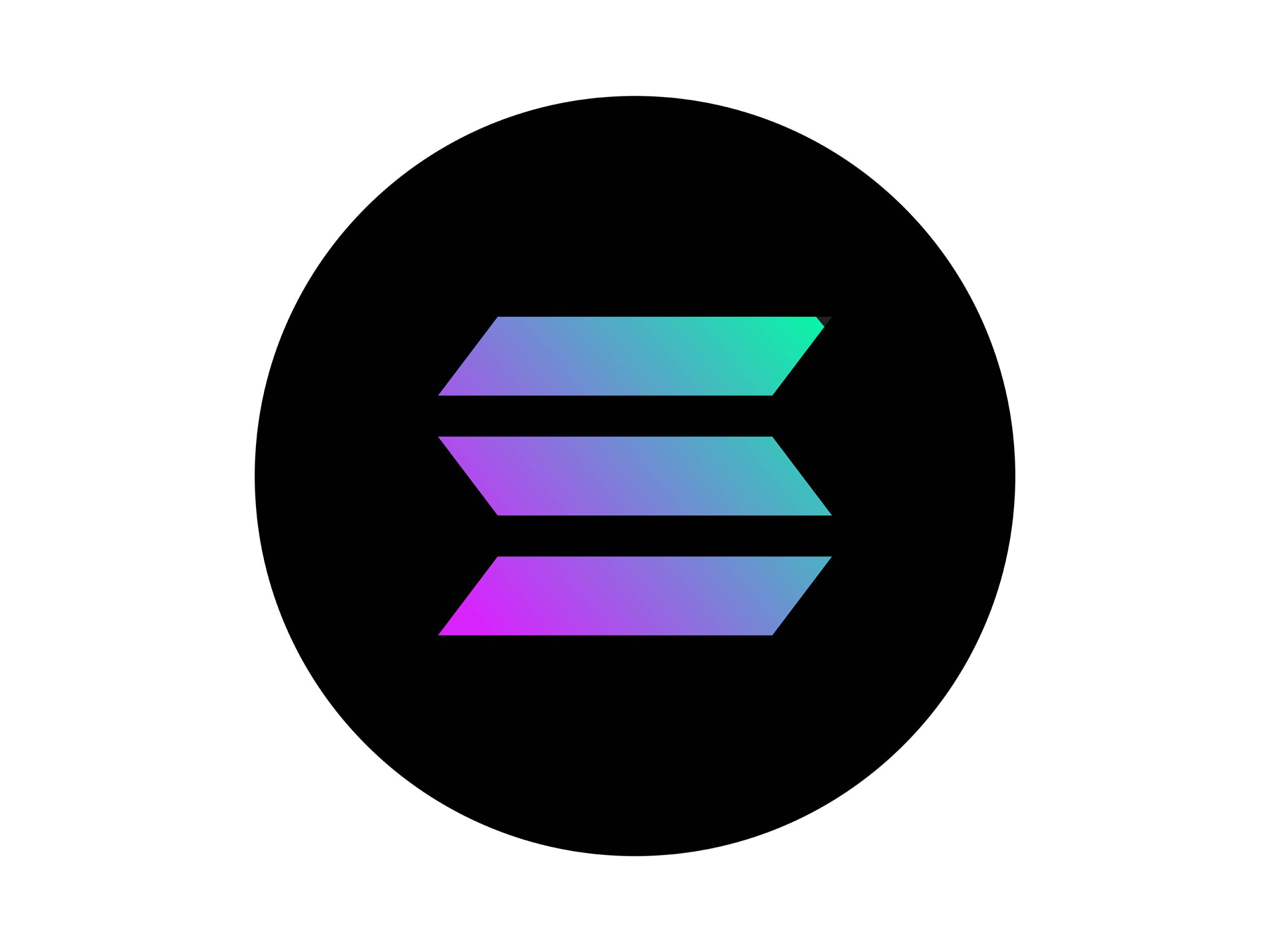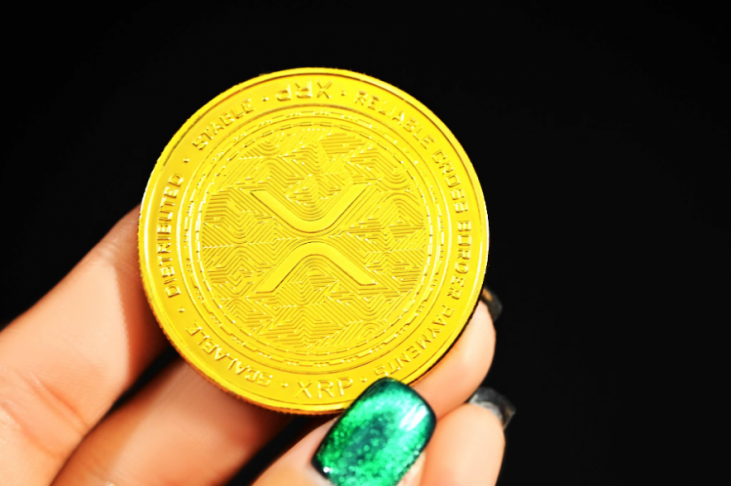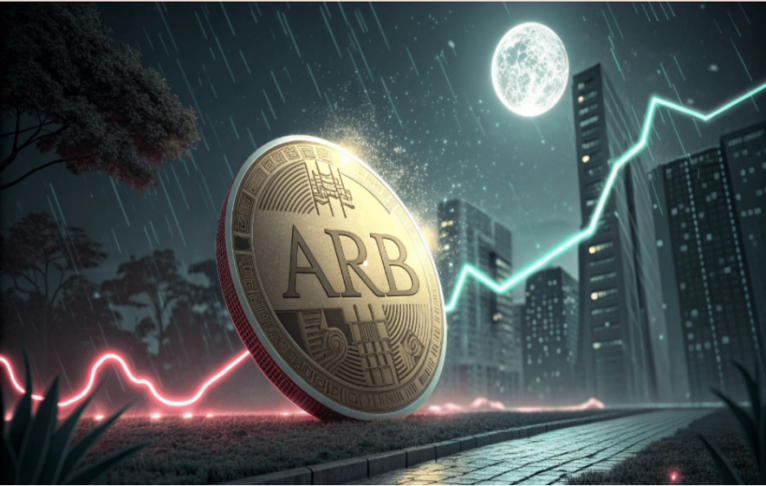Building and Managing Tron Nodes: A Short Introduction
Sep 20, 2023, 9:27pm
Tron is the second largest blockchain in the space today based on Total Value Locked (TVL) and monthly active users metrics.
Since having access to Tron nodes is what helps to leverage the power of the network, let’s dive into this exciting domain and learn more about blockchain nodes in general and how to effectively use them in Web3 developments.
Introduction to Tron blockchain
Before diving into the depth of Tron nodes, let’s give a quick overview of the network as a whole.
Tron is a smart-contract-based platform founded by Justin Sun in 2017. The ecosystem centered around the native cryptocurrency TRX has a particular emphasis on the entertainment sector, with numerous GameFi, gambling, and DeFi applications under its hood.
Similar to Ethereum, Tron uses smart contracts to help decentralized application developers in building sophisticated protocols. The network processing speeds and inexpensive transaction costs are some of the most appealing features of the network. The ability to operate smart contracts at no cost attracts many developers who choose Tron to be the home for their Web3 applications.
Tron nodes explained
Blockchain nodes, in general, are a subset of computers running a special client that allows them to communicate, synchronize, and maintain the whole network functionality. The main purpose of a node is to verify the credibility of transactions and broadcast them to the network.
Just as Solana nodes are essential for the Solana network’s existence, each Tron node ensures the TRX ecosystem’s performance. To be more specific, here’s the set of main functions the node performs for the blockchain:
- Host a database of the entirety of the blockchain, generate new blocks, and validate transactions submitted to the chain;
- Serve as a means of cryptographically-secured data transfer;
- Ensure proper performance of smart contracts;
- Decentralized applications of all kinds (exchanges, wallets, NFT platforms, etc.) rely on these nodes to relay user requests directly to the blockchain and get timely responses.
Here’s the schematic representation of nodes participating in the transaction lifecycle:
How to deploy a Tron node
Everyone could eventually spin up their own node for the purposes of contributing to the network security or setting up a gateway for blockchain-based applications they’re building by downloading the dependencies and the JAR file provided by Tron.
However, the trickiest part is to make sure your hardware meets the basic requirements for running a Tron node, namely: 16-core CPU, 32GB of computer memory, and 2.5 terabytes of free disc space at the very minimum for non-block-producing nodes.
Additionally, the node has to be kept online and synched timely to ensure a firm connection. More so, in order for a node to be powering the blockchain-based applications it usually takes a dedicated DevOps team to maintain the highest uptimes possible.
GetBlock, the easiest way of connecting to Tron nodes
Node service providers help connect to different blockchains without committing to maintaining a self-hosted node, which apparently takes up resources and technical competence.
GetBlock, one of the notable node API providers, aids dApp developers and individual users in connecting to nodes for over 50 popular blockchains, Ethereum, Bitcoin, Tron, and Solana nodes included.
With the help of GetBlock, channeling a connection between the app and a Tron node is a matter of a few clicks:
-
Sign up to the website and get 40,000 free requests added daily to your account;
-
Choose between the network’s mainnet or testnet;
-
Copy the generated RPC link to integrate it into your application.
Users have the option to either experiment with shared nodes for joint access to a node with other users and launch their dApps in testnet mode or opt for nodes privately set up for a client. Dedicated node service will open access to unlimited requests and custom settings, perfectly suitable for powering high-quality applications.
The platform users enjoy high-speed connectivity with 99.9% uptime packed in both free and paid tariffs.
Wrapping up
Tron nodes are an essential component of the blockchain that serve Web3 developers willing to benefit from all the perks the TRX ecosystem provides. When it comes to connecting to them, the choice is between managing your own node or seeking the assistance of Node-as-a-Service platforms. If you’re looking to explore the potential of nodes, GetBlock is one of the services to try.





